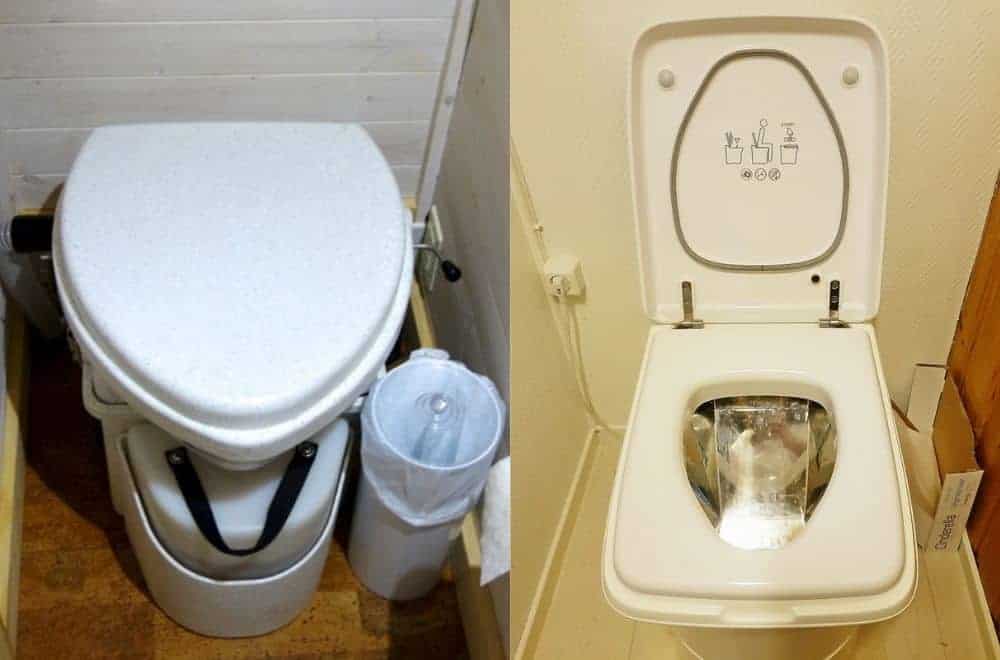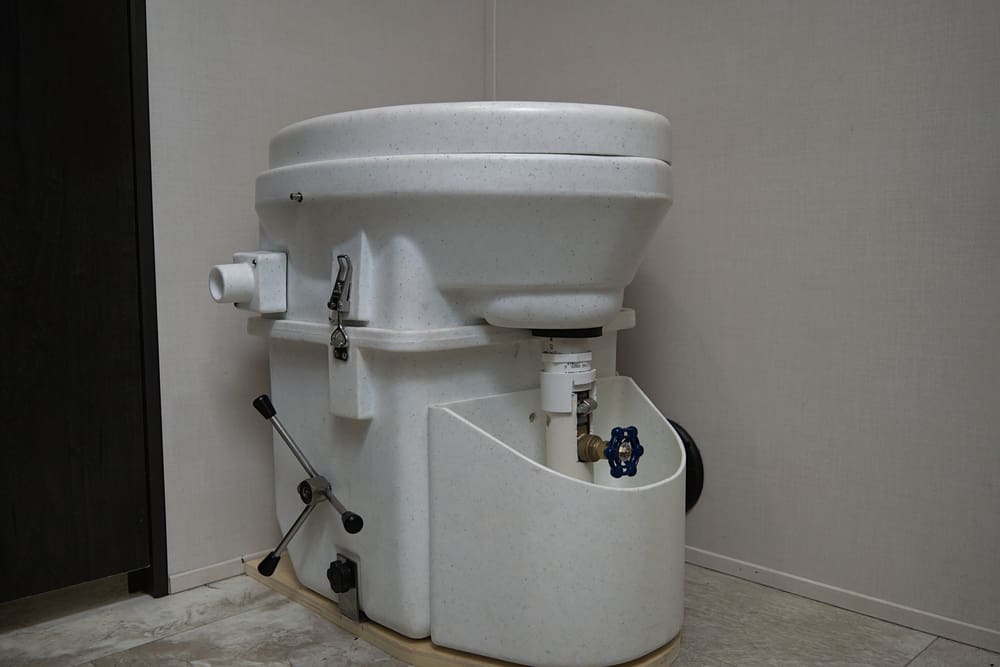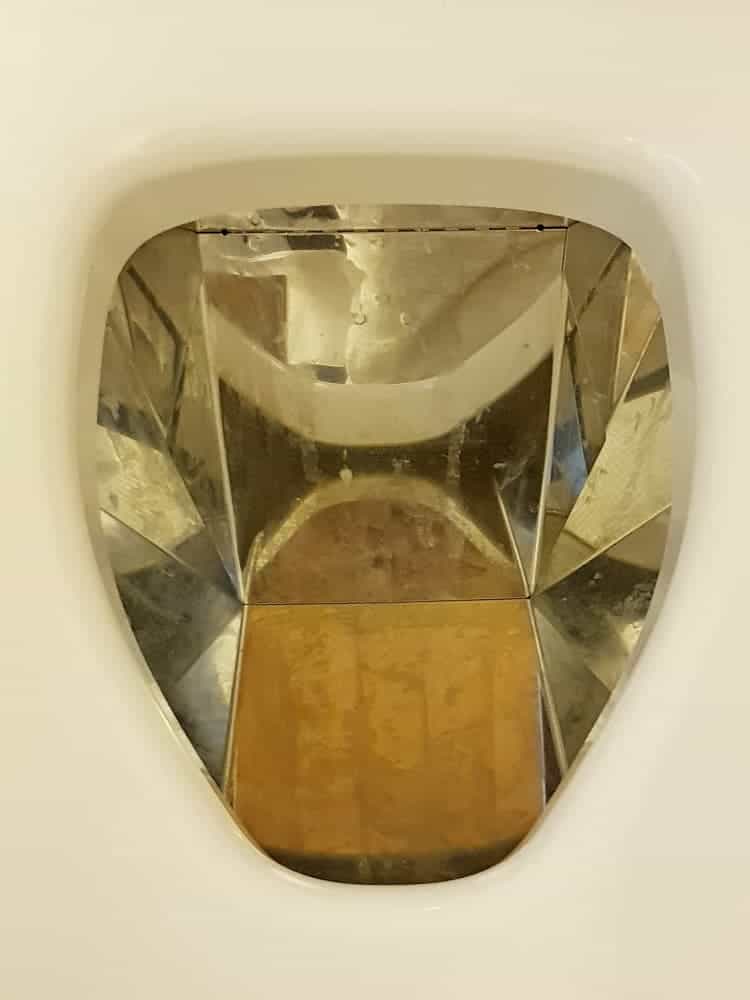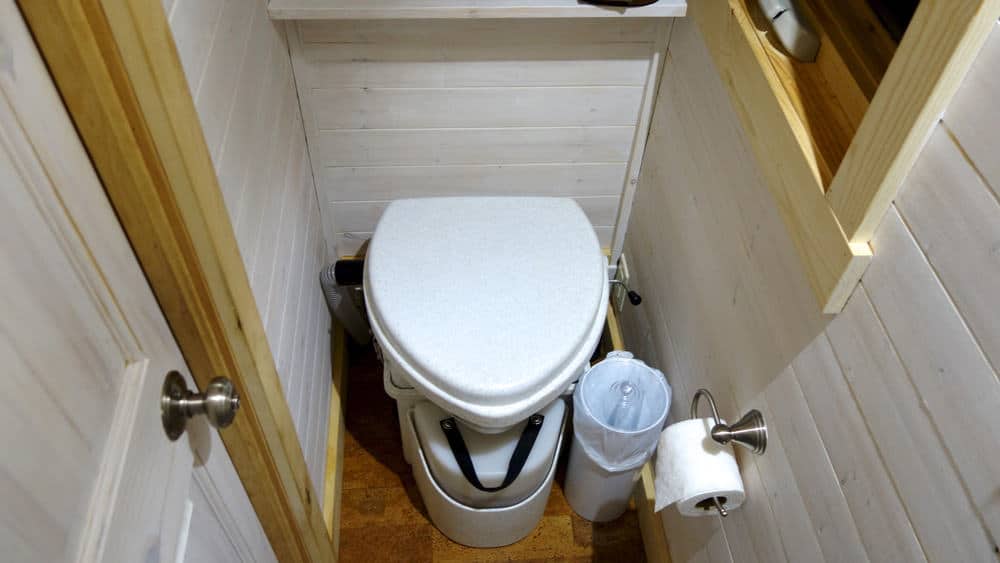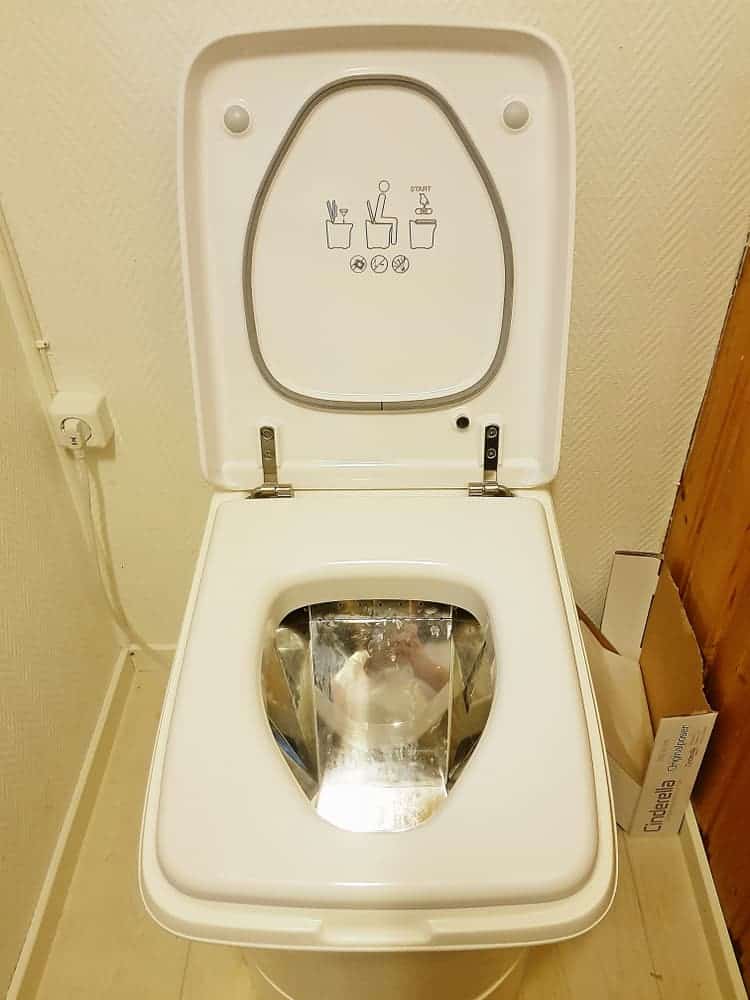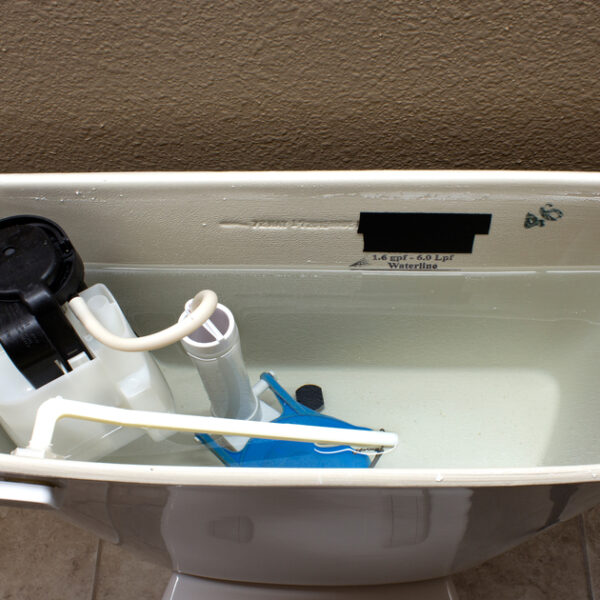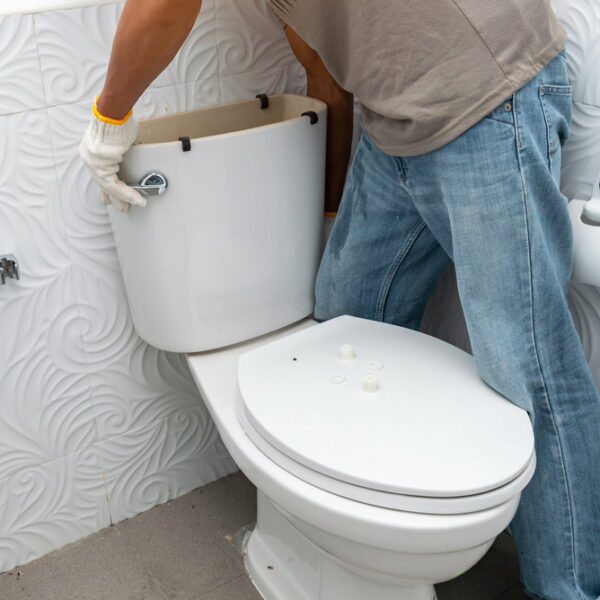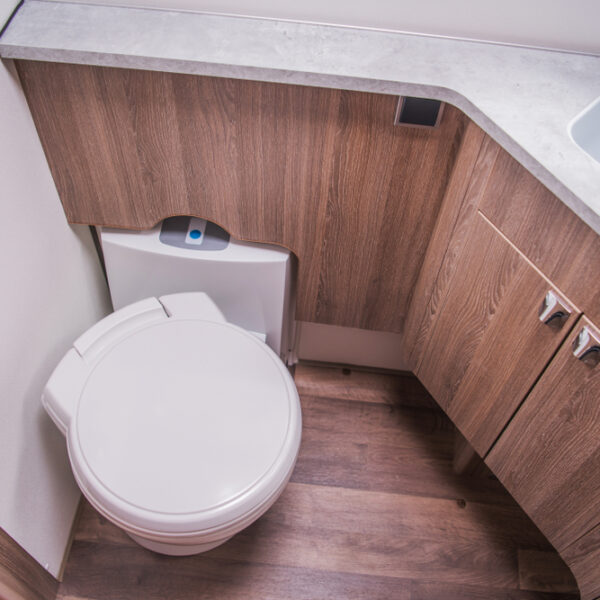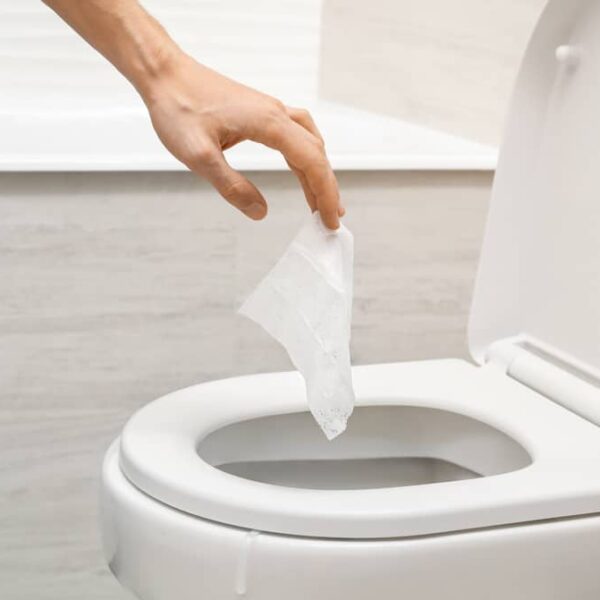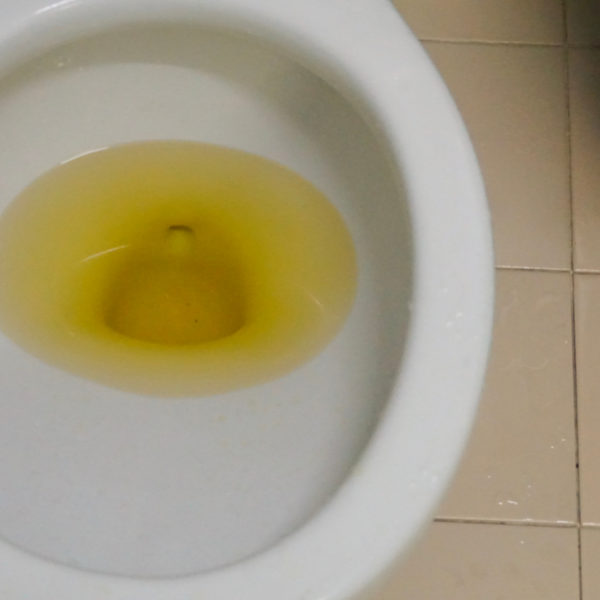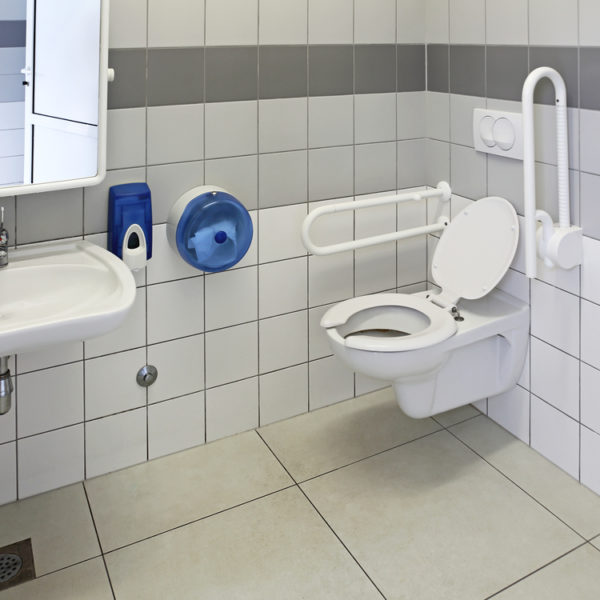There are several reasons why you might need a toilet other than a regular flushing one in your bathroom, and in that case, your options include composting toilets and incinerating toilets.
Both of these types have many of the same advantages, but there are some differences too – so to help you choose the right one for your needs, here we discuss the question of compost toilet vs incinerating toilet.
Compost Toilet vs Incinerating Toilet: Why would you want to consider an alternative toilet?
Before we talk about the differences between composting and incinerating toilets – and their relative advantages and disadvantages – let’s say a few words about why you might want to consider one in the first place.
Both types of toilet can function with little or no water, so the first reason you might choose one is if you need toilet facilities where you are not connected to a regular water supply and sewerage system.
This could be the case if you need a toilet for a cabin out in the woods, or perhaps for a building on an underdeveloped island. They are also both commonly used by owners of RVs for similar reasons.
On the other hand, you might need a toilet for somewhere that experiences extreme low temperatures. In places where the temperature often drops far below freezing, regular running water might not be possible, and you may need to explore other options.
Another possibility is that you simply want to cut down on water usage for ecological reasons. Nowadays, more and more people are considering making changes for reasons such as these – and composting and incinerating toilets are an increasingly popular choice.
So in short, if for these reasons or any other, a regular flushing toilet is not possible or preferable for you, composting or incinerating toilets are possible alternatives to consider.
So now let’s have a look at how the two types of toilets work.
What is a composting toilet? how does It work?
In essence, a composting toilet is a system that holds human waste in a septic tank and transforms it into compost organically through the action of bacteria. Once the transformation is complete, you can remove the compost and use it as fertilizer for plants or flowers.
Usually, all you need to add is a bulking material such as peat moss or coconut husks, and nature does the rest.
Some models also incorporate a urine diverter to separate liquid and solid waste to aid the composting process, and the best models also feature good ventilation, which also helps speed up the process.
There are two kinds of composting toilet systems, a natural one and an active one. A natural one simply lets the waste compost naturally, which can take some time. This version is quite rudimentary and is not much more advanced than a basic latrine or a bucket.
An active composting toilet is a closed system, so it’s more efficient. It also reduces any unpleasant odors, making it a more comfortable toilet option.
What is an incinerating toilet? how does It work?
An incinerating toilet is just what it sounds like. After the holding area is full of waste, you activate the incinerator by pressing the start button or stepping on the foot pedal and it reduces the waste to ash, which can then be disposed of easily.
They don’t need to be connected to a water supply, and they come as either electric incinerating toilets or ones that run on propane or natural gas.
This means even if you don’t have access to electricity, you can still use one as long as you are in a place where propane gas bottles can be taken or delivered.
One important part of their operation is that they require a liner to be placed in the bowl before each use. The waste is collected in the liner, and the whole thing is then passed into the incineration chamber to wait for the next incineration cycle.
Usually, an incinerating toilet should have an exhaust vent that connects with the outside. This allows gases created through burning as well as any unpleasant odors to escape.
If the outlet can be positioned higher up and level with the roof, it will help reduce any problems with unpleasant smells being released during the incineration process.
Comparing different aspects of composting toilets vs. incinerating toilets
So now we know the basics of how each type of toilet works, let’s go into a bit more detail about the various aspects of each version.
1. Electricity requirements
With composting toilets, you can choose between models that require electricity, usually for a ventilation fan, and those that require none at all. For powered versions, electricity consumption is usually very low, and they can often be run on battery or solar power.
This means they can be a great option in places with unreliable or non-existent electricity supplies.
Electric incinerator toilets, on the other hand, require electricity constantly. Each time you need to incinerate waste, the toilet needs power, and without electricity, it won’t work at all.
However, for propane versions, no electricity is required, meaning they can be operated in places where electricity is unavailable.
2. Water consumption
Some composting toilets need just a little water (although far less than a regular toilet) while others require none at all. Incinerating toilets don’t need any water, and both composting and incinerating toilets are suitable for use in places where water is scarce.
3. Propane consumption
If you are running a propane-powered incinerating toilet, the propane itself will be the only major expense to think of to keep it running.
Generally speaking – and depending on the model – you can expect to get around 75-100 incineration cycles from a single 20lb bottle of propane.
4. Convenience and practicality
One of the main advantages of an incinerating toilet is that they require little maintenance once they are installed. Since a paper bowl liner is required for each use, no waste ever comes into contact with the bowl, which means the bowl should only ever require light cleaning.
This is unlike a composting toilet, which will need frequent cleaning just like a regular toilet – although they are still not a particularly high-maintenance option.
Furthermore, most composting toilets will require you to turn a hand crank to stir the contents to help with the composting process. Nothing like this is required for an incinerating toilet.
However, when it comes to installation, composting toilets come out on top. They are easier to install, and they are also relatively lightweight when empty, which means you can move them around.
Conversely, incinerating toilets require more work for installation, and once they are in place, they are a more permanent fixture that is not designed to be removed and placed somewhere else. They also require more space than composting toilets.
5. Cleanliness and comfort
Another question concerns the comfort and cleanliness of both toilets, and while many people who aren’t used to using composting or incinerating toilets might find them unpleasant or strange at first, many of the best models are both clean and comfortable.
In the end, it’s just a question of habit, and for most people, after a few uses, any feelings of discomfort will probably disappear.
We’ve already mentioned that incinerating toilets make use of a liner system, which prevents them from becoming excessively dirty. This same system also means they don’t need to be cleaned after each use.
With composting toilets, there is the question of removing the compost periodically. However, when you remove it, the matter is no longer raw human waste, so it’s not very different to spreading regular compost on your garden.
6. Odor
For many people considering investing in a composting or incinerating toilet, one of the biggest issues is smell – but if properly installed, both types can be almost completely odorless.
One problem is if an incinerator toilet has the vent that’s installed too low – but if it is installed at a sufficient height, you shouldn’t notice anything.
Composting toilets can sometimes produce some odors, but it’s possible to buy a special foam that you spray into it after each use to cover the waste and reduce the smell.
In any case, with good-quality modern models of either type, smell is not usually an issue.
7. Ecological considerations
Since many people invest in toilets such as these for environmental reasons, the issue of how ecological they are is an important one.
In this area, composting toilets are the big winners since they take all waste and transform it into compost that can be used again. This means nothing is left over, everything is reused and they don’t even need much – if any – water to do it.
Incinerating toilets are also good for the environment in that they don’t consume water. Regular flushing toilets require large amounts of water, and in many areas, this causes a strain on the environment.
However, since the waste is burned, they release gases like carbon dioxide and nitrogen oxide, which are considered pollutants and are connected to climate change. This means if your only or main consideration is ecological, composting toilets are the best option.
8. Disposal
Composting toilets turn the waste into useful compost, which can then be spread on your flowerbeds or plants. However, emptying the holding tank still might not be everyone’s favorite job.
Incinerating toilets turn the waste into small quantities of ash, and to empty them, all you need to do is remove the ash and discard it. However, it can’t be used again and just needs to be thrown in the trash.
This means composting toilets have the advantage of turning the waste into something useful while incinerating toilets only convert it into something that is easy to get rid of.
In terms of how often they need to be emptied, composting toilets are also the clear winners since they only need to be emptied between once every month and once every six months, depending on the model and the amount of use.
Incinerating toilets need to be emptied as soon as there is enough ash to fill a single cup, and in a regular household of around four people, this would probably need to be done daily.
9. Cost
Composting toilets cost between $875 and $3000 to buy. Then once you have it, you only need to buy the bulking material, so running costs are minimal. One bale of peat moss costs in the region of $5-$10.
Incineration toilets are more expensive upfront, and you should expect to pay between $1200 and $4000. You may also need to pay to have it installed, depending on your level of expertise.
Running costs for incineration toilets are low but not non-existent. You need to factor in the cost of the electricity or the propane, depending on which type you have.
Compost Toilet vs. Incinerating Toilet: What are the pros and cons?
Here are the main pros and cons of each type.
Compost toilet pros
- Most eco-friendly option
- Inexpensive to run
- Produces useful compost
- Doesn’t need to be emptied too often
- Can easily be moved
Compost toilet cons
- May feel strange to use at first
- Might not be completely odorless
- Needs to be cleaned from time to time
Incinerating toilet pros
- Very low maintenance
- Easy to discard ash after use
- Don’t require any water
- Propane toilets can be installed where electricity is an issue
- Easy to install with little plumbing required
Incinerating toilet cons
- Emit polluting gases
- More permanent and not easy to move
- Need to be emptied often
Which one should you choose?
There is no simple answer to which of the two types of toilet is best since both can be a good solution in certain circumstances.
If you are most interested in an ecological choice, a composting toilet is best since it doesn’t emit any harmful gases and even gives back to the environment in the form of compost fertilizer.
They can also be a good option for things like boats since they are easy to install or remove.
If you need an off-grid toilet where there is no running water or electricity, a propane incinerator could be a good choice – but a compost toilet might also work well too.
A compost toilet might be a good option on a temporary building site since it won’t need to be emptied too often, and since it’s portable, it’s easy to take to the site and install.
In freezing conditions, an incinerator could be best since the compost might freeze once you remove it, which would defeat the purpose. The incineration cycles could also provide a little extra warmth, which could be seen as a bonus.
In short, consider your personal situation and think about all the advantages and disadvantages of the different types to see which is most suited to your needs, and then choose accordingly.
No single right answer
So as we have seen, both types of toilet can be convenient and practical, and choosing the right one to purchase will depend on your precise needs.
Consider which aspects you value most highly and why you need the non-standard toilet in the first place, and then you will be able to identify which of the two options will be best able to fulfil your needs.
